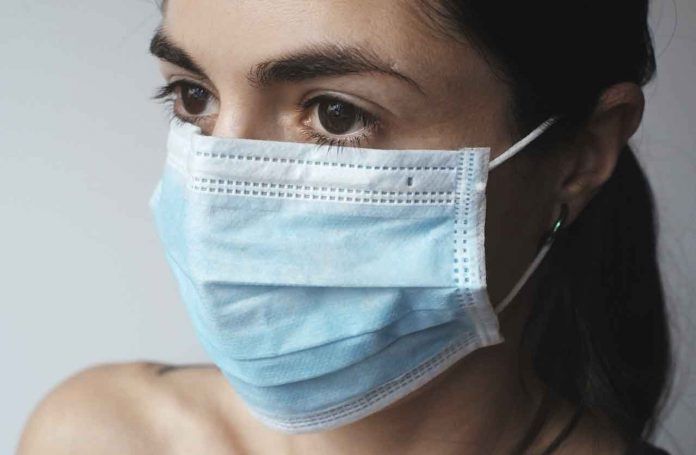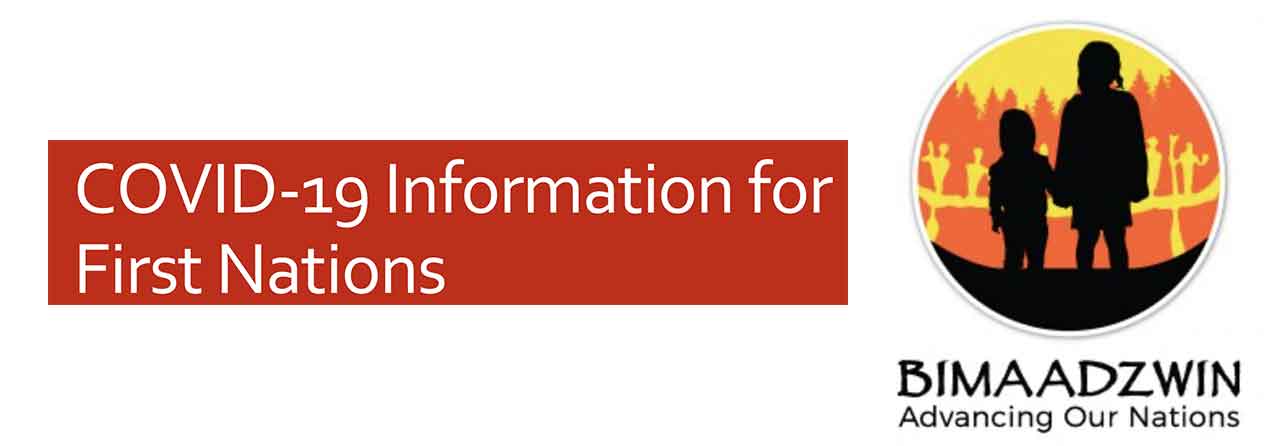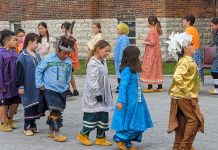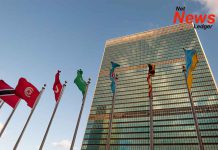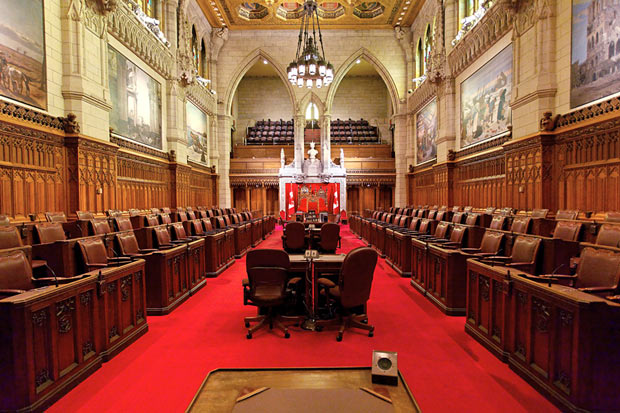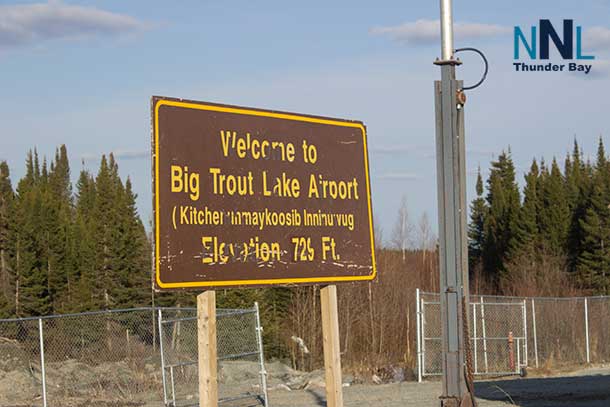ATTAWAPISKAT – Asking people to wear a mask in public during a pandemic sounds like a straight forward piece of logic. Unfortunately, this is an idea that has had much contradictory information and views. However, medical experts are now starting to support the idea.
Medical grade surgical masks should be reserved only for medical professionals as there is a shortage and that makes sense. One way of securing this supply of medical masks for our hospitals and protecting the public at the same time is to educate the community on how to make and use a homemade mask. It should be firmly communicated that homemade masks are not a replacement for safe practices as advised by health care professionals. We still need to practice proper handwashing, physical distancing and staying at home. Wearing a mask should be for those of us who have to go out in public.
Medical experts advise not wearing a mask unless you are sick, in a hospital, caring for the sick or have tested positive. Unfortunately, no one knows if they are positive unless they are tested and those who are healthy are not tested unless they have been known to be exposed to the virus. This means that there are many individuals in the public who are asymptomatic or show no signs of sickness and maybe unknowingly spreading the virus. No one knows who carries the virus unless we find a way to test every single healthy and unhealthy person. We have not been conducting sufficient tests in this country. One possible way to protect against asymptomatic individuals is to have everyone wear masks as we don’t know who is infected and who is not.
An argument against asking the public to wear any kind of mask is that it would ‘provide a false sense of security’. At the start of the pandemic, the same was said about handwashing but instead of asking people to not wash their hands, an education campaign was started to teach people. If our medical experts could guide us on the best practices of using a homemade mask, then wearing one could be a safer alternative to using nothing and being completely exposed to an infectious virus in public spaces.
Discouraging the public from wearing any kind of mask runs counter to scientific research. An opinion column by Jeremy Howard of the Washington Post recently pointed out that according to his research institute, 34 scientific papers indicated that basic masks can be effective in reducing virus transmission. Yet his research team could not find any paper that showed evidence that the public use of masks did not work.
If more people wore masks, it would protect the most vulnerable people who work in public spaces at grocery stores, pharmacies, food services, postal services, and other public spaces. These front line essential workers need to be protected because we need them to keep working, yet they are exposed daily and frequently to the possibility of infection. If wearing masks could help stem the tide of infections it would help our medical workers by easing the number of patients heading into our overcrowded hospitals.
Asian countries like South Korea and Taiwan demonstrated that telling the public to wear masks has helped to slow the pace of this pandemic. European nations like the Czech Republic, Slovakia and Austria are making it mandatory for people to use masks in public and there are signs that the rates of infection are slowing for them. Meanwhile, in the United States where infection rates are soaring, the wearing of masks is not promoted.
I see the use of masks as an easily added level of protection for our First Nations in the midst of this pandemic. Although the federal government has announced funding for First Nations it does not seem to be sufficient to protect communities. Chronic underfunding over time has resulted in crowded housing, problems with clean water and inadequate health services and that make us vulnerable. Manufacturing and distributing homemade masks is a simple solution that uses available resources, can be done immediately and maintained indefinitely. If adopted, this is not a solution that requires extra government funding and only costs the efforts of local people. Combined with the guidance and education of medical experts on the use, care, and maintenance of these masks, it would help slow the rate of infections and buy these communities’ critical time in dealing with this worrying pandemic. Anyone can make their own mask by simply googling the information and follow instructions in the many videos suggested.
Our First Nations will need every level of protection they can get. Wearing a mask is a simple solution that has been proven to work.
www.underthenorthernsky.com

